Project Showcase
Explore carbon projects from across Australia and beyond.
Disclaimer: CMI is not a provider of carbon credits. Consumers are advised to do due diligence before purchasing credits.

Wongamere Regeneration Project
CSP: Tasman Environmental Markets
Location: Queensland
TEM’s Wongamere Regeneration Project is TEM’s biodiverse carbon farming project, located in the Mulga Lands Bioregion of south-west Queensland.

April Salumei Carbon Project
CSP: Tasman Environmental Markets
Location: Papua New Guinea
Abatement volume: 1
tCO2-e
The April Salumei project protects and sustainably manages over 600,000 hectares of globally significant virgin rainforest in the East Sepik Province of Papua New Guinea. The project area has previously been recognised as an exceptional biodiversity hotspot by the Climate Community and Biodiversity Standard (SCS, 2011). Before becoming a carbon project, the area was planned to be cleared for logging.
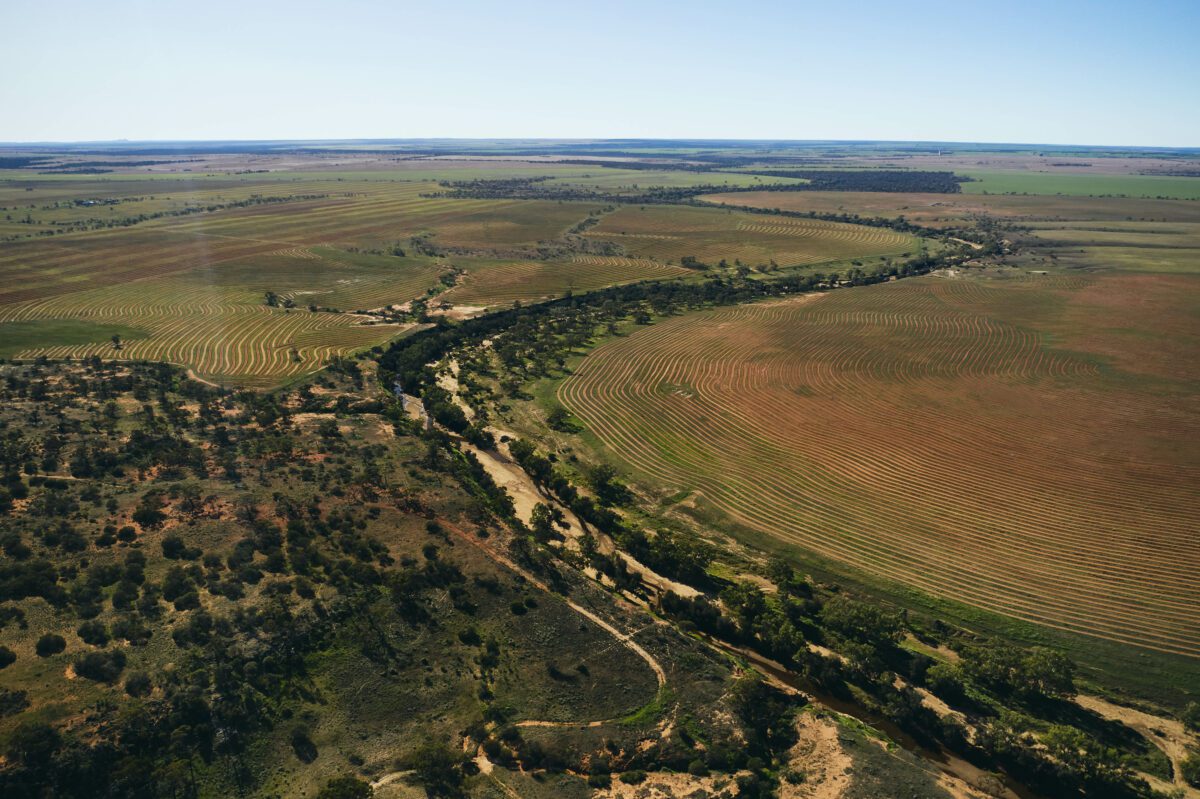
Yimba Biodiversity Project
CSP: Carbon Neutral
Location: Queensland
The Yimba Biodiversity Project stands as a recent addition to Carbon Neutral Pty Ltd's portfolio within the Yarra Yarra Biodiversity Corridor. Once teeming with expansive York and Salmon gum woodlands, this corridor in the Wheatbelt region of Western Australia has seen over 90% of its vegetation cleared since the early 1900s for agricultural purposes.
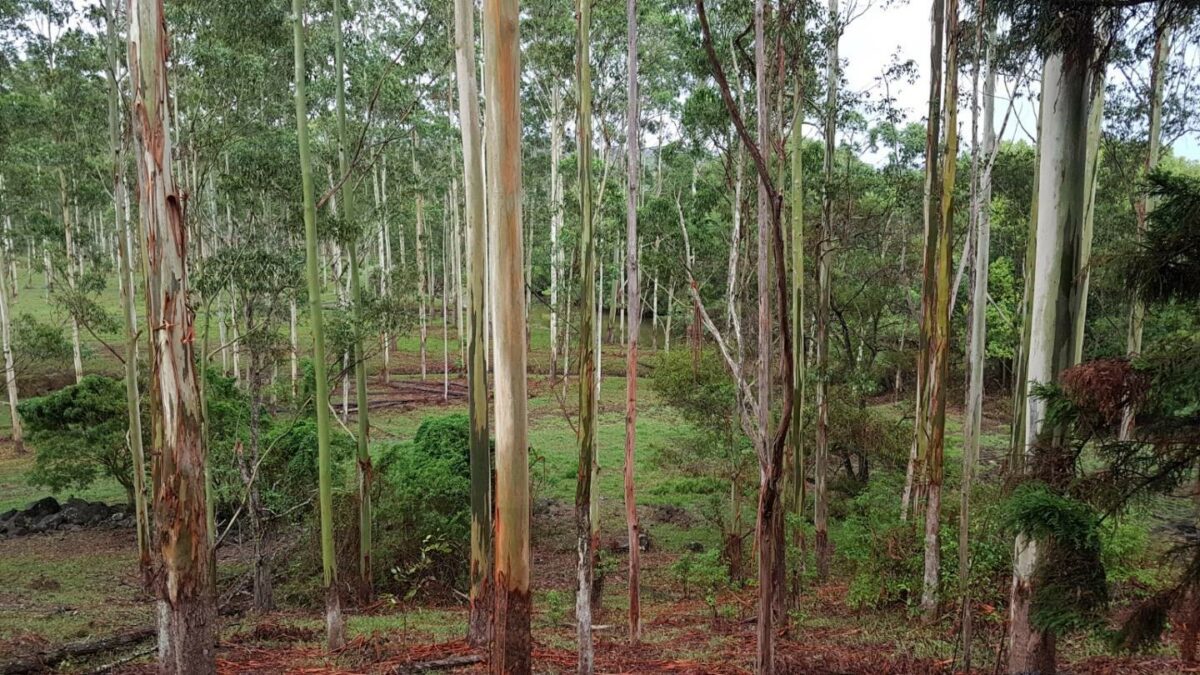
Forest Farm Carbon and Natural Capital Project
Location: New South Wales
Abatement volume: 50,000
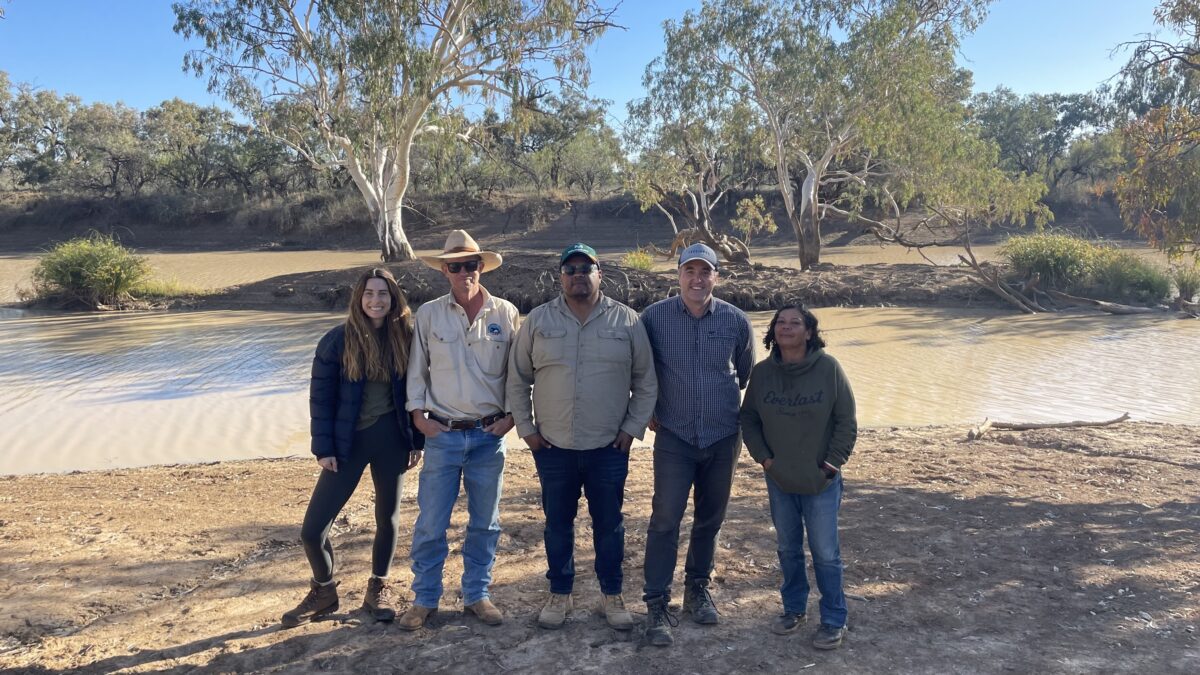
Kullilli Bulloo River Aboriginal Corporation, Thargomindah Station
CSP: Climate Friendly Pty Ltd
Location: Queensland
Abatement volume: TBC
This project features a unique carbon finance vehicle with Climate Friendly, and Conscious Investment Management through which the Kullilli Bulloo River Aboriginal Corporation was able to obtain funds to purchase their home Country on Thargomindah station in Southwest Queensland. In September 2023, a project under the Human-Induced Regeneration of a Permanent Event Aged Native Forest - 1.1 method was established. The project will restore the land, and enable Kullilli Bulloo People to practice culture on Country once more, while proceeds from carbon credit sales will contribute to the finance mechanism, and support further enterprise development on the property.

Little Wattlebird Plantation Forestry
CSP: Forico
Location: Tasmania
This project was established in 2022 under Schedule 2 of the Plantation Forestry methodology. It entails a conversion of a short rotation plantation to a long rotation. The project covers 1,960 hectares.
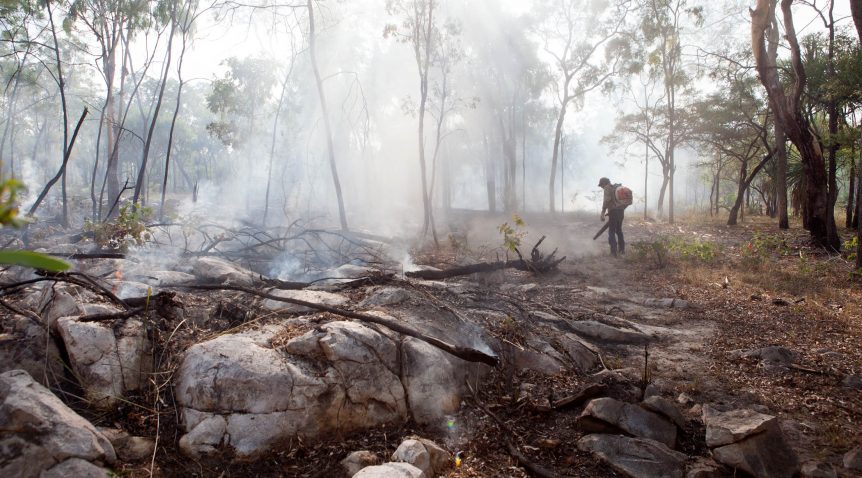
Jawoyn Fire 2 Project
CSP: Jawoyn Association Aboriginal Corporation
Location: Northern Territory
Abatement volume: 228,397
ACCUs total units issued
Jawoyn Rangers have been caring for country and incorporating customary values and culture with the latest in scientific practice since the late 1990s. Based in Katherine, the rangers manage 16,000 square kilometres of land.
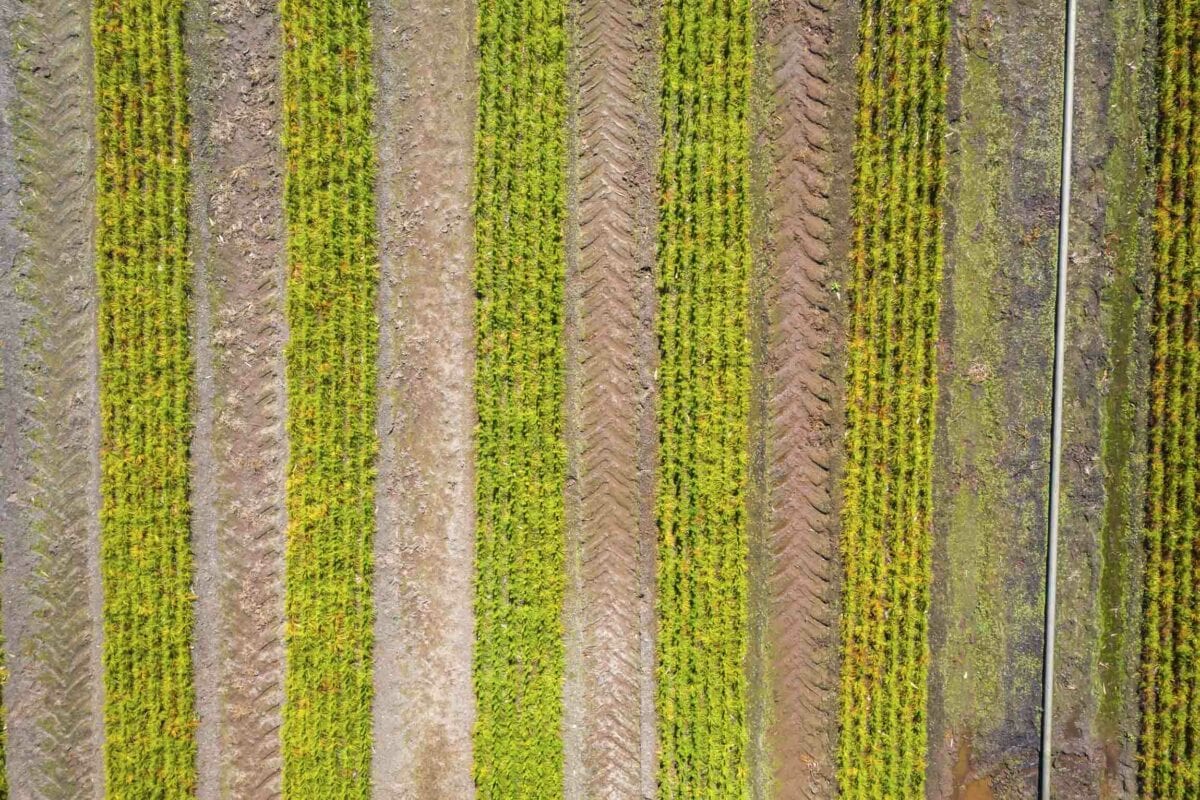
WeAct Forest Aggregation project 1
CSP: We Act
Location: Victoria
This project sequesters carbon by converting an existing short rotation plantation forest to a long rotation plantation forest for commercial harvesting of wood products.
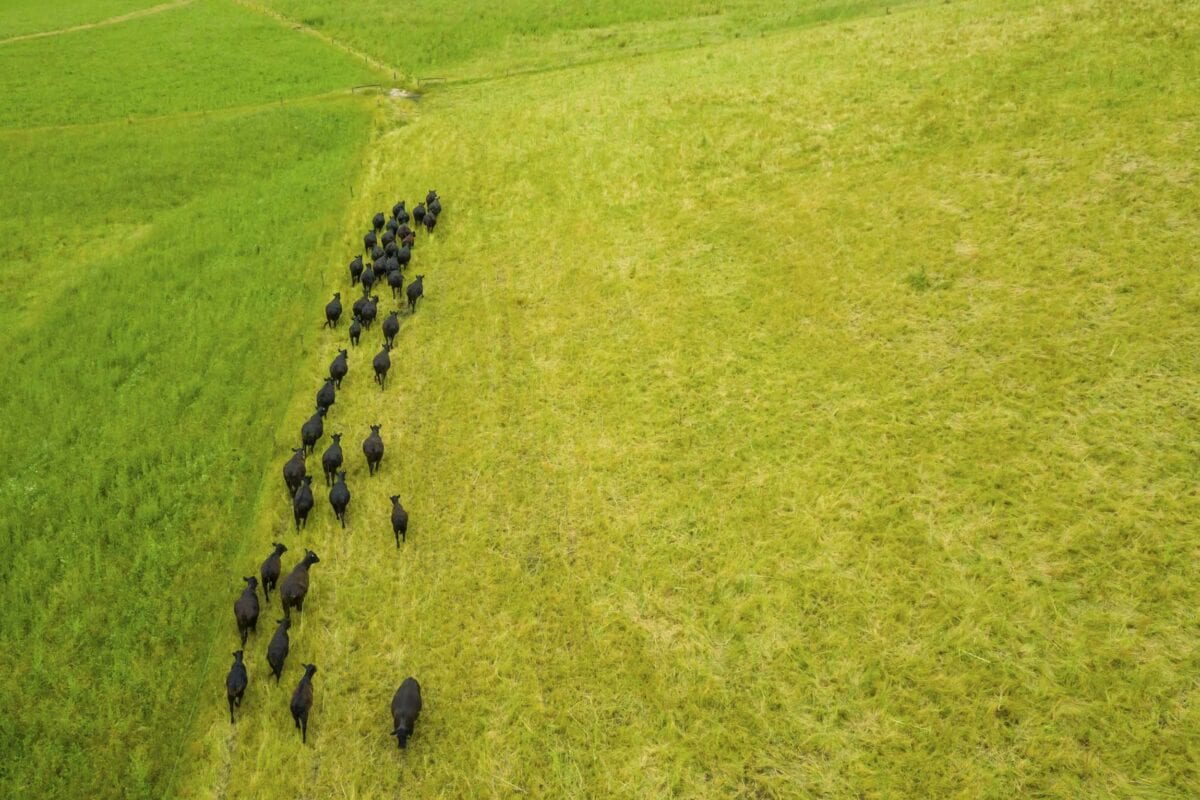
Grounds Keeping Carbon Project
CSP: Agriprove
Location: Victoria
Abatement volume: 1,904
ACCUs Total units issued
This project increases carbon in soil in the grazing system by rejuvenating pastures.
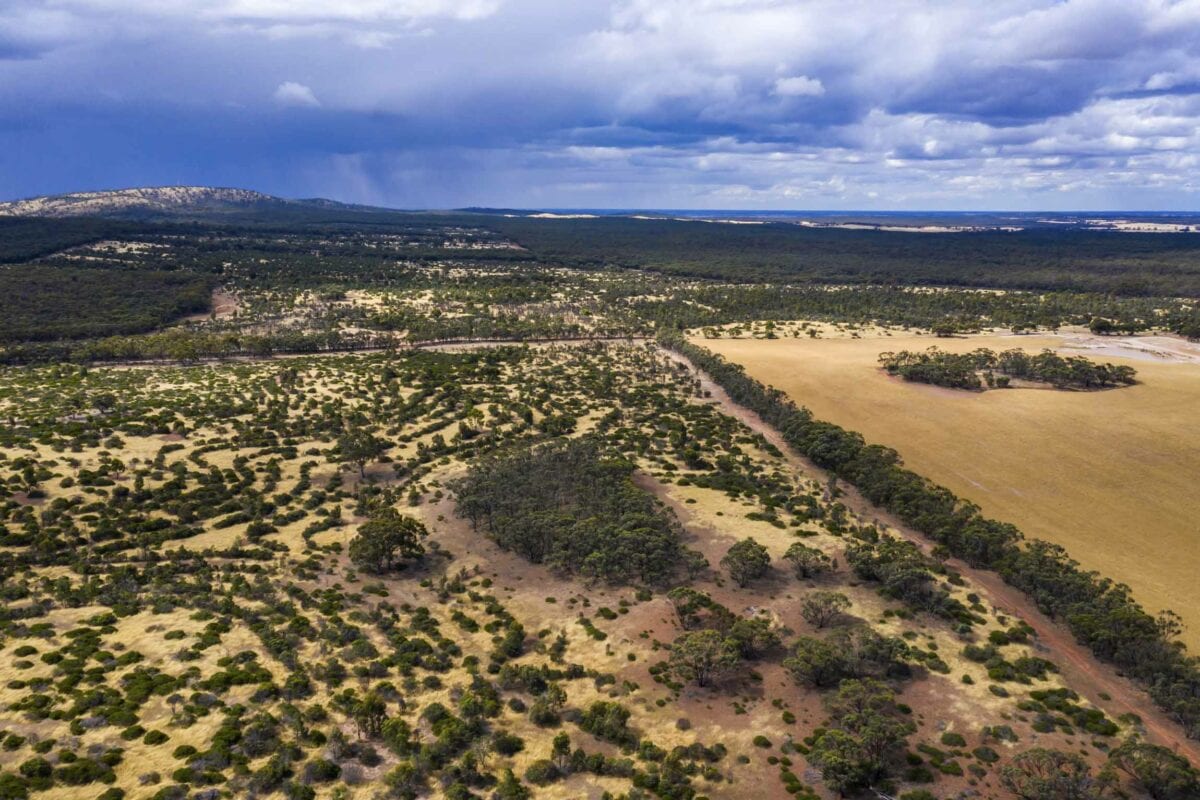
Ploughshare Revegetation
CSP: Greenfleet
Location: Victoria
Abatement volume: 6,825
ACCU total units issued
This project establishes permanent plantings of a mix of native tree species on land that was predominantly used for agricultural purposes for at least five years prior to project commencement.
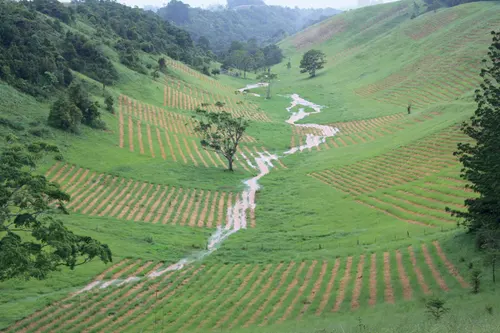
Thiaki, Atherton Tablelands Reforestation Project
CSP: Biome5
Location: Queensland
Abatement volume: 25,703
Total units issued
Thiaki is part of the largest remaining privately owned rainforest remnant on the Atherton Tablelands.
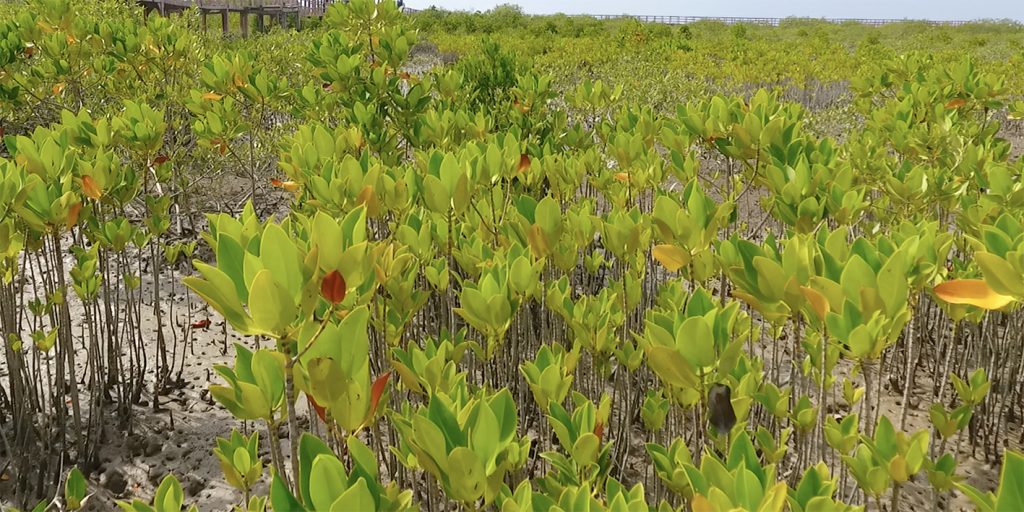
Delta Blue Carbon Project, Sindh
CSP: Pollination
Location: Pakistan
Abatement volume: 3,100,000
Voluntary carbon credits issued
The project will rehabilitate and restore degraded lands through assisted natural regeneration alongside active replanting.
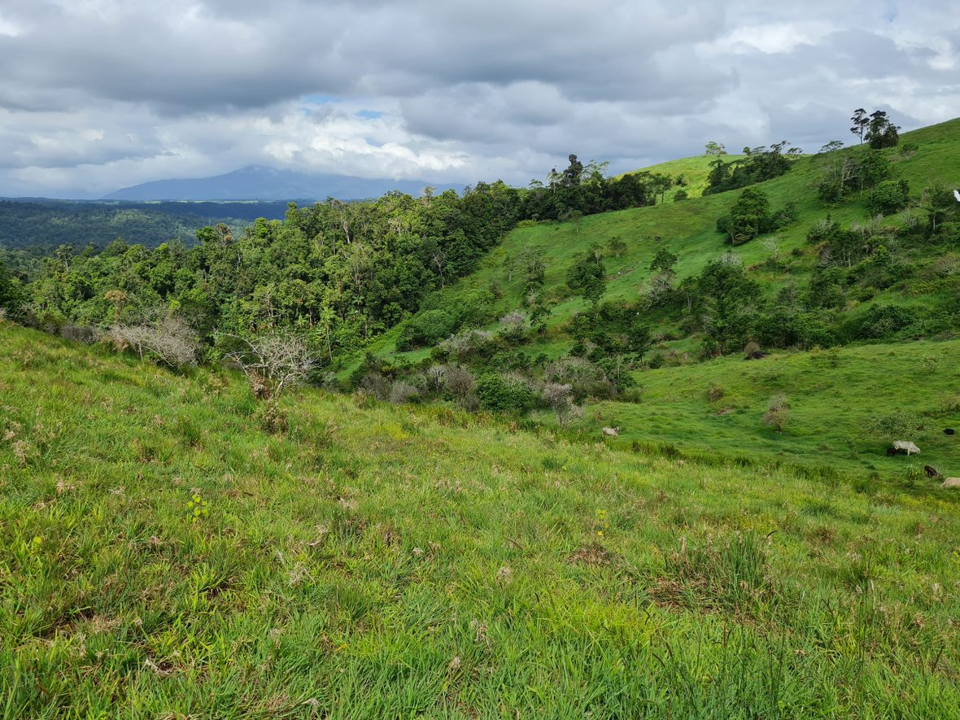
Tablelands Regional Integrated Agriculture Carbon Project
CSP: CO2 Australia Limited
Location: Queensland
The project is on land that was predominantly used for agricultural purposes for at five years prior to the project’s commencement. Tree species in the project are native to the area, and established in a permanent planting.
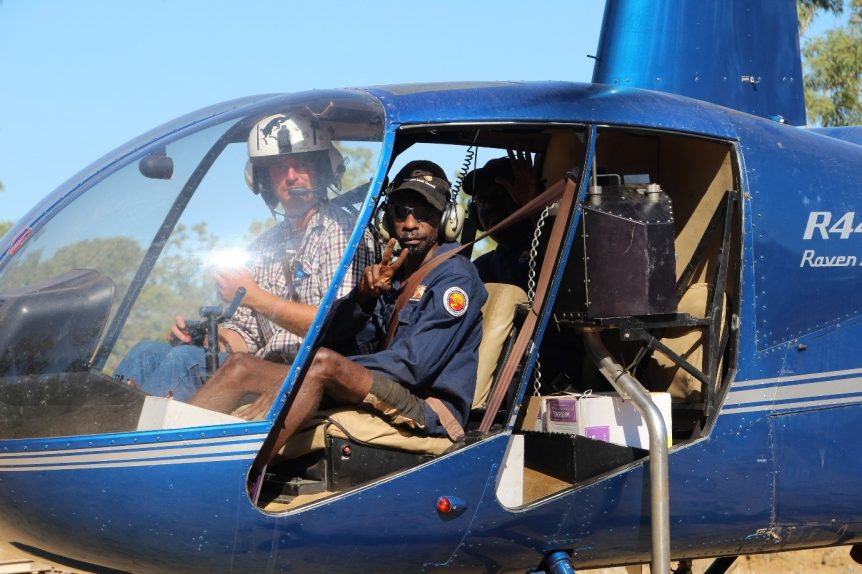
South East Arnhem Land Fire Abatement Stage 2 (SEALFA2)
CSP: ALFA (NT) Limited
Location: Northern Territory
Abatement volume: 100,708
ACCUs total units issued
Fire is and has always been the most important tool Aboriginal people in Arnhem Land have used for managing country. Prior to European settlement, the people of Arnhem Land would burn as they traversed their country.
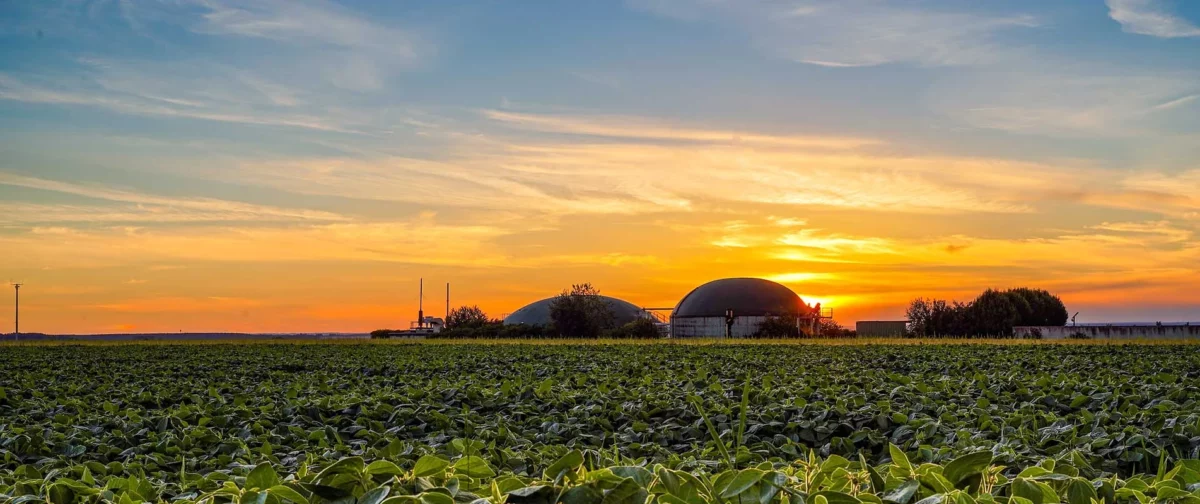
Biogas Project in Serbia
Location: Serbia
Abatement volume: 28,783
CO2e Estimated Annual Emission Reductions
The project captures methane – one of the most potent greenhouse gasses - from organic waste and the produced renewable energy is utilized as heat and electricity via a cogeneration system improving the air quality of the region and supplying affordable clean energy to the citizens.
